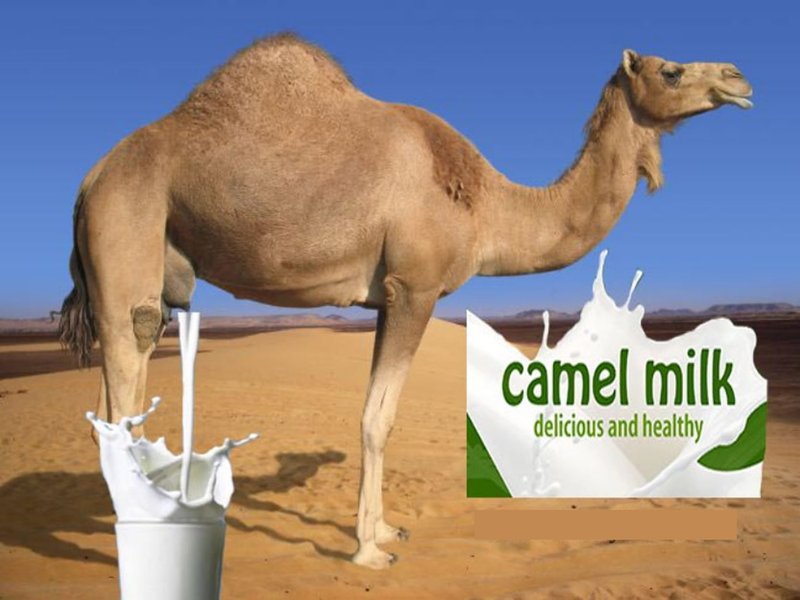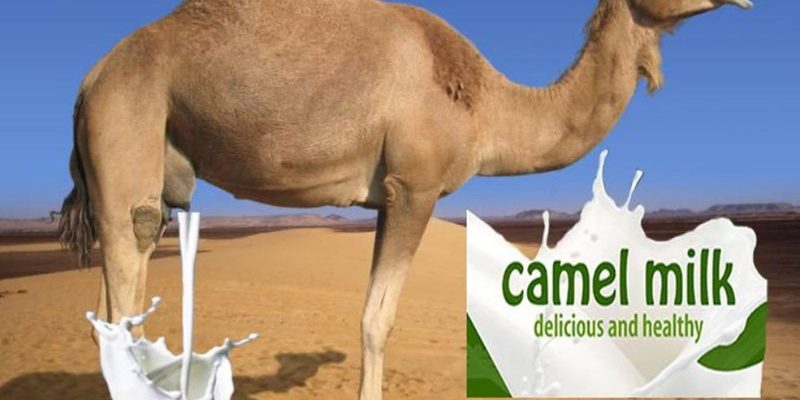
But let’s get into the nitty-gritty. Camel milk is more than just an alternative; it’s a powerhouse of nutrition. Think of it as a little miracle in a glass. From its impressive array of vitamins to its potential health benefits, it’s gaining attention globally. In this article, we’ll dive deep into the nutritional benefits of camel milk and explore how it’s harvested and processed. Let’s take this journey together.
The Nutritional Profile of Camel Milk
Camel milk is often celebrated for its unique nutrient profile. It’s rich in vitamins and minerals that can be beneficial for overall health. Here’s a breakdown of what you can typically find in a glass of camel milk:
- Vitamins: Camel milk contains vitamins B1, B2, B12, C, and D, making it great for boosting your immune system.
- Minerals: It’s loaded with essential minerals like calcium, potassium, and magnesium, which are crucial for bone health and muscle function.
- Protein: With a higher protein content than cow’s milk, camel milk can help keep you satisfied and support muscle growth.
- Lower in Fat: Generally, camel milk has less saturated fat compared to cow’s milk, making it a heart-healthy option.
You might be wondering, “How does it stack up against cow’s milk?” Well, camel milk has less lactose, making it easier to digest for those who are lactose intolerant. This means that it can be a fantastic alternative if you have trouble with traditional dairy products.
Health Benefits of Camel Milk
Camel milk isn’t just nutritious; it also comes with a host of health benefits. Here are some that stand out:
1. Diabetes Management: Some studies have shown that camel milk can help lower blood sugar levels. It contains insulin-like proteins that might be beneficial for those managing diabetes.
2. Immune System Boost: The unique proteins and enzymes in camel milk can strengthen the immune system. So, if you’re feeling a little under the weather, a glass of this milk might give you an edge.
3. Anti-Inflammatory Properties: Regular consumption can reduce inflammation, which is linked to many chronic conditions. This means it could help people with arthritis or other inflammatory diseases.
4. Skin Health: Camel milk is also known for its cosmetic benefits. The high levels of vitamins and minerals can nourish the skin and may even help with conditions like eczema.
Let’s be clear: while camel milk has these potential benefits, it’s not a miracle cure. It’s best used as part of a balanced diet and healthy lifestyle. But it’s certainly a valuable addition to consider!
How Is Camel Milk Harvested?
Now, let’s talk about how camel milk actually gets from the camel to your glass. The milking process is quite different from what you might see on a dairy farm. Here’s a step-by-step look at how it works:
1. Selecting the Camels: Not just any camel will do. The best milk comes from healthy, well-cared-for camels. Typically, Dromedary camels, which have one hump, are preferred for milking.
2. Milking Process: Milking is often done by hand, especially in traditional settings. Skilled farmers gently squeeze the udders to extract the milk without causing discomfort to the camel. This keeps the animals calm and ensures a good yield.
3. Storage and Transport: Once the milk is collected, it’s crucial to store it properly to maintain its freshness. The milk is often cooled immediately and can be transported in insulated containers to keep it safe.
4. Pasteurization: Before it reaches consumers, camel milk is usually pasteurized to eliminate harmful bacteria. Some brands also offer raw camel milk, but it’s essential to consume it from trustworthy sources.
You might find it fascinating how much care goes into this process. Unlike cow milking, where machines are often used, camel milking emphasizes the relationship between the farmers and their animals.
Comparing Camel Milk with Other Types of Milk
So, how does camel milk compare to cow’s milk and goat’s milk? Let’s break it down.
- Nutrition: Camel milk wins in the nutrient density category. It has more vitamin C and iron compared to cow’s milk.
- Digestibility: If you’re lactose intolerant, camel milk is a gentler option on your stomach than cow’s milk.
- Flavor: Camel milk has a distinct, slightly salty flavor that some people find delightful, while others may need time to adjust.
In terms of availability, cow’s milk is easier to find in most grocery stores, while camel milk might require a trip to specialty shops or online retailers. But as camel milk gains popularity, more options are becoming available.
Cooking and Using Camel Milk
You might be curious about how to incorporate camel milk into your diet. Here are a few fun ways to enjoy it:
1. Smoothies: Blend camel milk with fresh fruits and veggies for a nutritious drink. It blends well and adds a unique taste.
2. Coffee and Tea: Use camel milk in your morning coffee or tea as a creamy alternative. It complements flavors without overpowering them.
3. Cooking: You can substitute camel milk in most recipes that call for regular milk. Think soups, sauces, or baked goods!
4. Cheese and Yogurt: Some cultures make cheese and yogurt from camel milk, which can be a delightful addition to your meals.
Honestly, experimenting with camel milk in your kitchen can be a fun adventure. You might discover new flavors you love!
Camel milk is more than just an unusual beverage; it’s a nutritional powerhouse with a rich history. As more people become aware of its benefits, it’s worth considering adding it to your diet. From its potential health benefits to its gentle digestibility, camel milk could be the perfect fit if you’re looking for something new and beneficial.
So next time you’re browsing the dairy aisle or looking for a new twist to your smoothies, think about giving camel milk a try. You might just find your new favorite drink!

